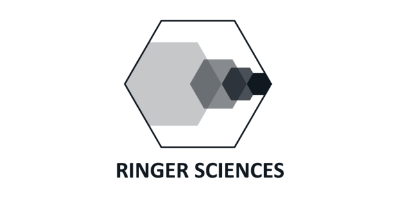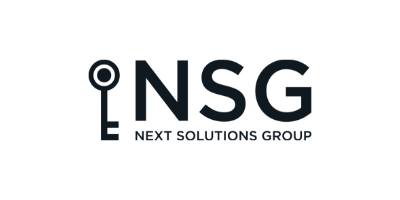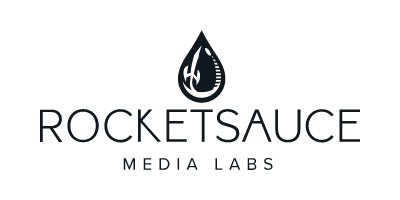“What’s past is prologue.”
– William Shakespeare, The Tempest, Act 2, Scene I
Today, Brain+Trust Partners is open for business. As we forge a new future, we thought it was appropriate to reflect on recent history, applying our experience and perspectives to essential business priorities in the near term.
Over the past 25 years, virtually every aspect of business has undergone a fundamental change, spurred by a rapid succession of technological advances – from marketing and customer service to design and engineering, and workplace collaboration to research and product development.
Today, a new series of emerging technologies are rapidly advancing and are spurring even more disruptive changes for business. The future is rooted in understanding not just the technologies at play, but the fundamental ways in which they will shift human behavior and impact all functions of business.
The way we go to market, manufacture, and deliver products and services, and how we communicate with our key audiences is undergoing foundational change. If you want your business to thrive in the years ahead, you need to be holistically considering how your business is going to operate five years from now – and how you will progress from here to there.
We have identified Five Things Shaping Your Future: people, technology, operations, mobility, and regulation.
PEOPLE
Your customers are changing, in what they expect from you and how you will communicate with them. As critical, your workforce is changing – what they expect, how you will recruit and apply talent, and who. You will need to build flexibility into your employee relations and expectations; you’ll need to adjust your HR model to account for new types of roles and skillsets, and you will likely experience a significant shift in who is on your team and what you pay them to perform.
One of the great challenges in HR is the “gig economy,” which requires companies to adjust employment structures to accommodate this shift – including implementing an IT structure that facilitates these workers and their productive output. Also, artificial intelligence and robotics are here and are already changing the workforce. As these technologies progress and evolve, everything from customer service to product development might be more cost-effectively performed by machines instead of people.
TECHNOLOGY
It may have seemed difficult for the past two decades to keep up with the speed at which the technology landscape has been changing. While technological progress may mean great change that is disruptive and dramatic as anything business has experienced in the past 30 years, a far greater value should be placed on understanding the plausible shifts in business models, customer demands and employee expectations. You shouldn’t be caught up in or wide-eyed about the technologies alone, as you must grasp the larger scope of opportunity and business implications if you are to succeed in the coming decade.
OPERATIONS
Implementing these technologies will not be limited to the purview of the CIO or about changing how your business conducts marketing and customer engagement. Forward-looking business leaders will understand how technology can be operationally applied across the organization. From data sources that measure real-world customer behavior and business performance in real-time to the changing definition of currency, your business must be prepared to conduct commerce and exchanges with your customers, suppliers, and employees in new ways.
Businesses that are deliberate yet pragmatic with digital transformation will require second opinions while leveraging multiple outside resources to enable forward motion and planned outcomes. The grand opportunity of today and tomorrow’s leaders is to demonstrate a future where friction is removed, costs are reduced and nearly every day results in a growing number of happy customers being served by a high-spirited team.
MOBILITY
To win in a world gone wireless, your organization’s leadership must consider how you will implement and enable mobile commerce, systems management, logistics, customer relationship management, and marketing. Mobility isn’t just about optimizing your website; you have to consider it far more holistically and contemplate the impact of mobility technologies on your workforce, supply chain, partners, and customers.
The ability to leverage proximity and geography to reach customers, employees, and better manage supply chain operations opens the door for improved and more relevant customer experiences, support and delivery of products and services and employing a more distributed workforce. Effective leaders must envision their organization’s shift to mobility as a premise for all operations.
REGULATION
The regulatory system has rarely kept pace with technological advancement and the public liberties that accompany such progress; this will be even more glaring and apparent over the course of the coming decade. It is not just the government that must also move at the speed of innovation and change; businesses, organizations, and entire industries will also need to adjust their own policies to account for the new environment they will experience as technological and societal change unfolds.
The choices you make across technology adoption, internal and external communications, and operations improvement will not be yours to make alone. The futures of workforce compliance, intellectual property, and brand citizenship each stand to steer the direction of your success as public policy and public discourse are influenced by competing forces, popular opinion, and intermittent beliefs.
If we do our jobs well, your compliance and public affairs groups will be anticipating changes in public policy rather than reacting to them, ensuring that you’re never caught by surprise and that your brand’s reputation reflects that.
Brain+Trust Partners stands ready to help you separate reality from hype, to recognize the implications of technological developments for your organization, and to engineer these fundamental organizational changes with as little disruption as possible.
We began with a quote from William Shakespeare, so it’s only appropriate that we end with a quote from another William – in this case, William Gibson, the noted author of cyberpunk science fiction, who said,
“The future is already here — it’s just not very evenly distributed.”
Our job is to make it more evenly distributed with you. We look forward to it.









